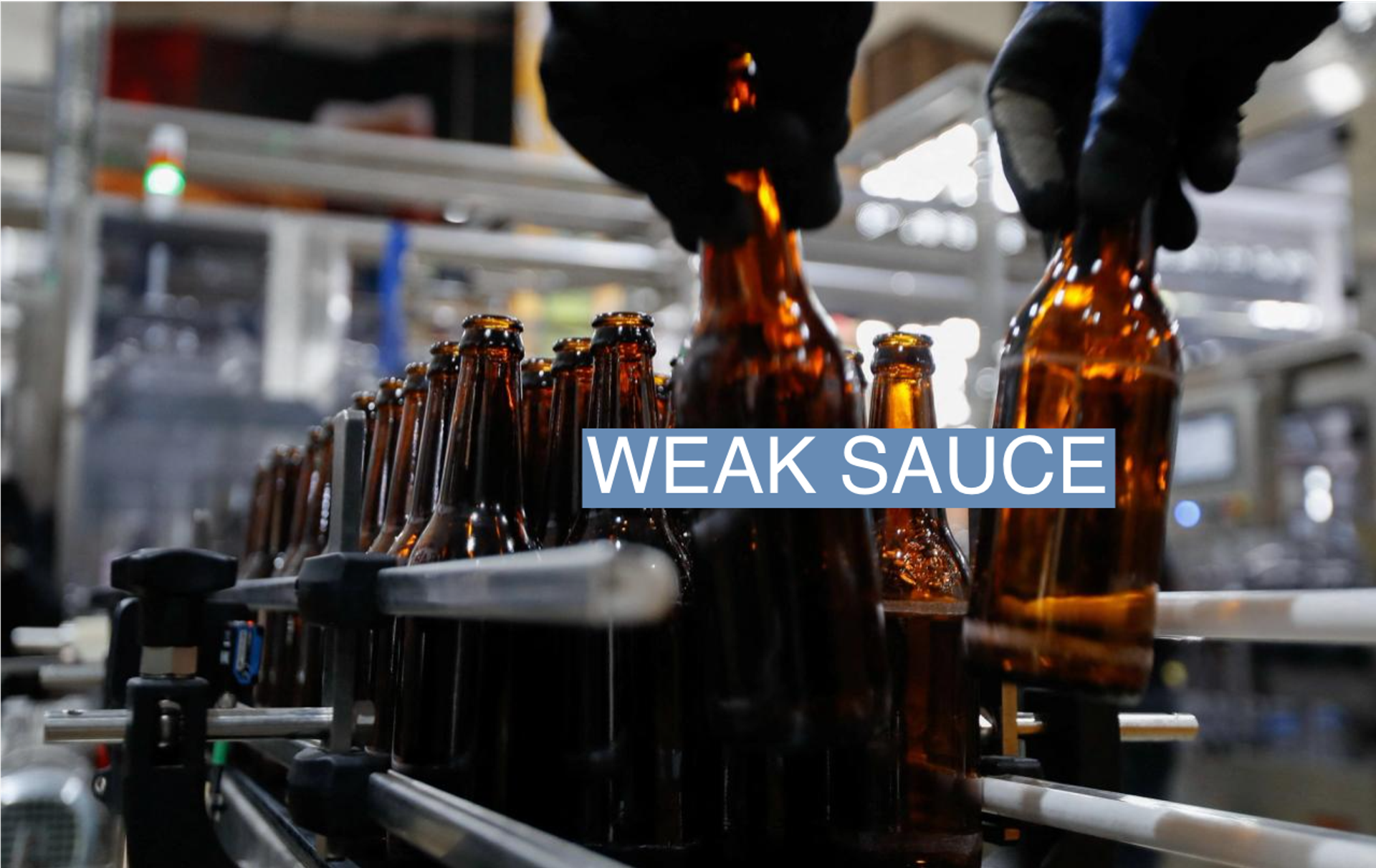The News
Popular drink brands from Japan to the U.K. are lowering the alcohol content of their beverages.
Japan’s Asahi and Sapporo breweries said they wouldn’t launch any new shōchū highball drinks with an alcohol content of 8% or higher, while Korean liquor producer HiteJinro lowered the alcohol content of its flagship soju, according to local news reports Tuesday.
Globally, the shift toward lighter drinks reflects changing habits among drinkers — and in some cases, economic pressure.
SIGNALS
Korea, Japan see less demand for strong drinks
The gradual drop in strength for HiteJinro’s Chamisul soju — from 23% in 1998 to 16% this week — is “in line with consumers’ growing preference for lighter drink options,” Korea JoongAng Daily wrote. Japan, meanwhile, has one of the fastest-growing low-alcohol markets globally, according to a drinks analysis firm. The shifts there reflect the diminishing prominence of Japan’s drinking culture, and an overall decline in alcohol sales that runs parallel to the country’s declining population, The Japan Times noted. A Tokyo-based consultant said the market for non-regular drinkers in Japan is “almost untapped.” (It’s unclear whether the pun was intended.)
UK brewers grapple with ‘drinkflation’
Amid rising energy costs, mortgage rates, and goods prices, popular British beers like Old Speckled Hen, Spitfire, Bishop’s Finger, and Foster’s reduced their alcohol content last year. Consumers have labeled it “drinkflation,” a spin on the term “shrinkflation,” which refers to companies that lower the size of their products but keep prices the same. Brewers are also taxed based on how much alcohol content their beer has, giving them an incentive to cut costs, The Independent reported: Heineken, which owns Foster’s, now saves 3 pence on every can after cutting its alcohol content from 4% to 3.7%. A local consultant said drinkers are unlikely to spot the difference, and that “anyone under 45 is not drinking high alcohol beers” anyway.
Gen Z prefers low-alcohol drinks or other drugs
The changes mark a shift among Gen-Z consumers, who are less likely to drink alcohol compared to older generations, according to several studies. Instead, younger people are prioritizing wellness, turning to healthier drinks and those with a lower alcohol content. A Canadian clinical psychologist said last year that they also might be increasingly interested in psychedelic therapies. “I think there is a lot of curiosity among young people about mushrooms, about LSD,” she said. Money could also be a factor: Drinks are becoming more expensive, and with countries facing global pressure to increase taxes on alcohol, prices could rise even more.

